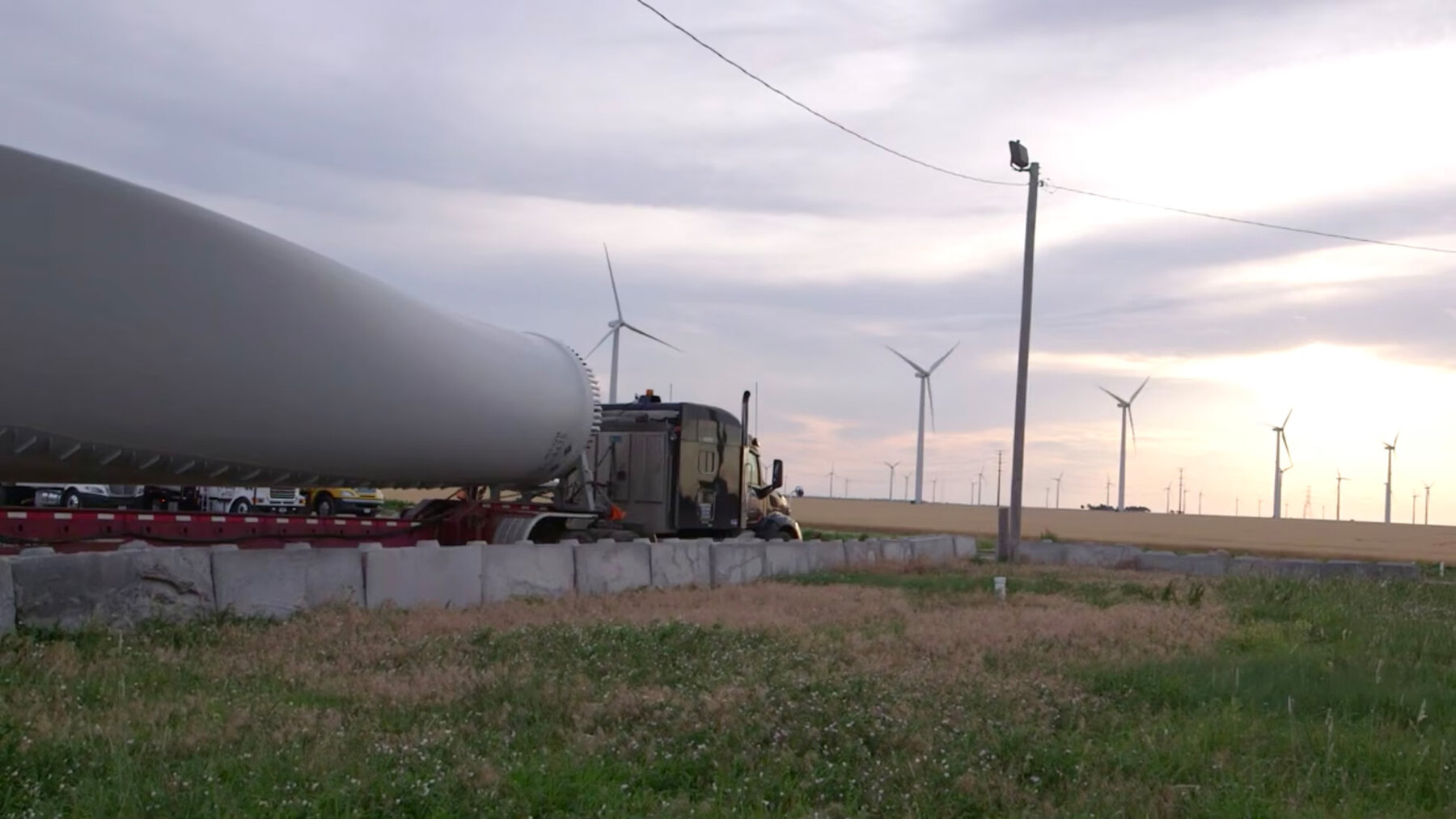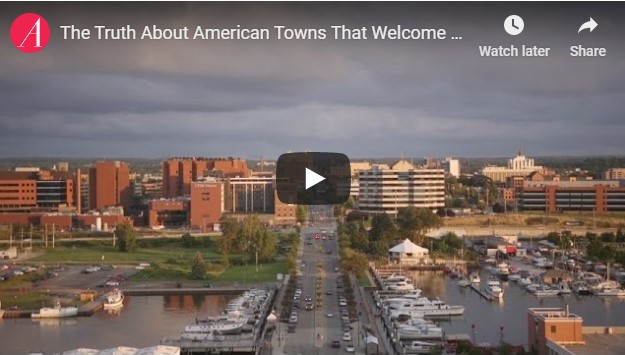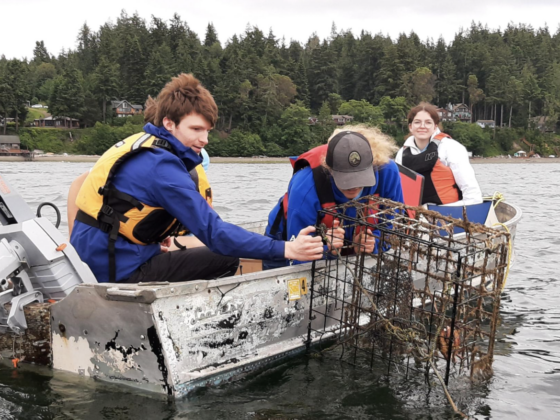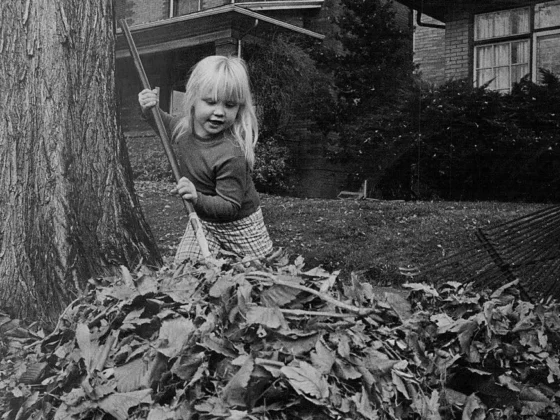At its peak, nearly one century ago in 1920, the coal-mining industry employed nearly 800,000 people in the United States. Decade by decade, as America’s population has swelled and its economy has grown, and as total coal output as also increased, employment in coal mines has steadily fallen. (The one exception was in the late 1970s, immediately after the first “oil shocks,” when the number of miners rose from about 195,000 to about 230,000. By 1985, it was back down to 170,000.)
Presidential administrations come and go; energy and environmental policies change; but the one-way pressure of technology is such that the barely 80,000 people who now work in U.S. mines produce vastly more coal than 800,000 did a century ago. It’s no “war on coal.” It’s what has happened in the world since the dawn of the industrial age.
But of course the plight of the coal industry, which is all too real for the people affected, comes up frequently in political and economic discussions—compared with, say, the situation of dental hygienists, of whom there are more than twice as many as coal miners. Or of bus drivers, of whom there are nearly ten times as many.
Or, crucially, of those employed in the energy industries that come after coal: solar, wind, tidal and geothermal, and other renewable sources. Employment there is growing much faster than it’s shrinking in coal, yet somehow this is barely part of our political or state-of-America awareness. Employment in solar alone nearly doubled in just three years, from around 120,000 in 2012 to around 240,000 in 2015. That’s three times as many solar-industry employees as coal miners, but they have at best one-third the mind-share in media and politics.
This is understandable: what’s familiar, and fading, is easier to recognize than what’s new and just taking form. But it does distort the way Americans think (and feel) about so many things, starting with the overall balance between decline and renewal in the country.

This is the set-up for the next video in The Atlantic‘s election-season American Futures coverage. This one is from our familiar and favored stomping grounds of Erie, Pennsylvania; Fresno and environs in California; and Dodge City and neighboring Spearville in western Kansas.
In a different way in each of these different parts of the country, renewable energy is serving as the source for new companies and increased jobs. I think you will find this interesting:
For convenient one-stop shopping, here are previous videos in the series. This one is about the way immigrants and refugees are becoming part of existing communities, even in today’s direct political atmosphere.
And here is one about the generational divide in the hope/despair balance in many of the communities that have suffered from large-scale, long-term economic dislocations.
And while I’m at it, a related one from the “Golden Triangle” of Mississippi:
Thanks to Nic Pollock and the entire intrepid video team for telling this part of the modern American story.





